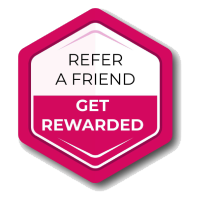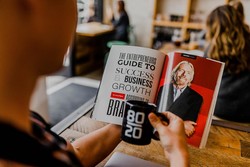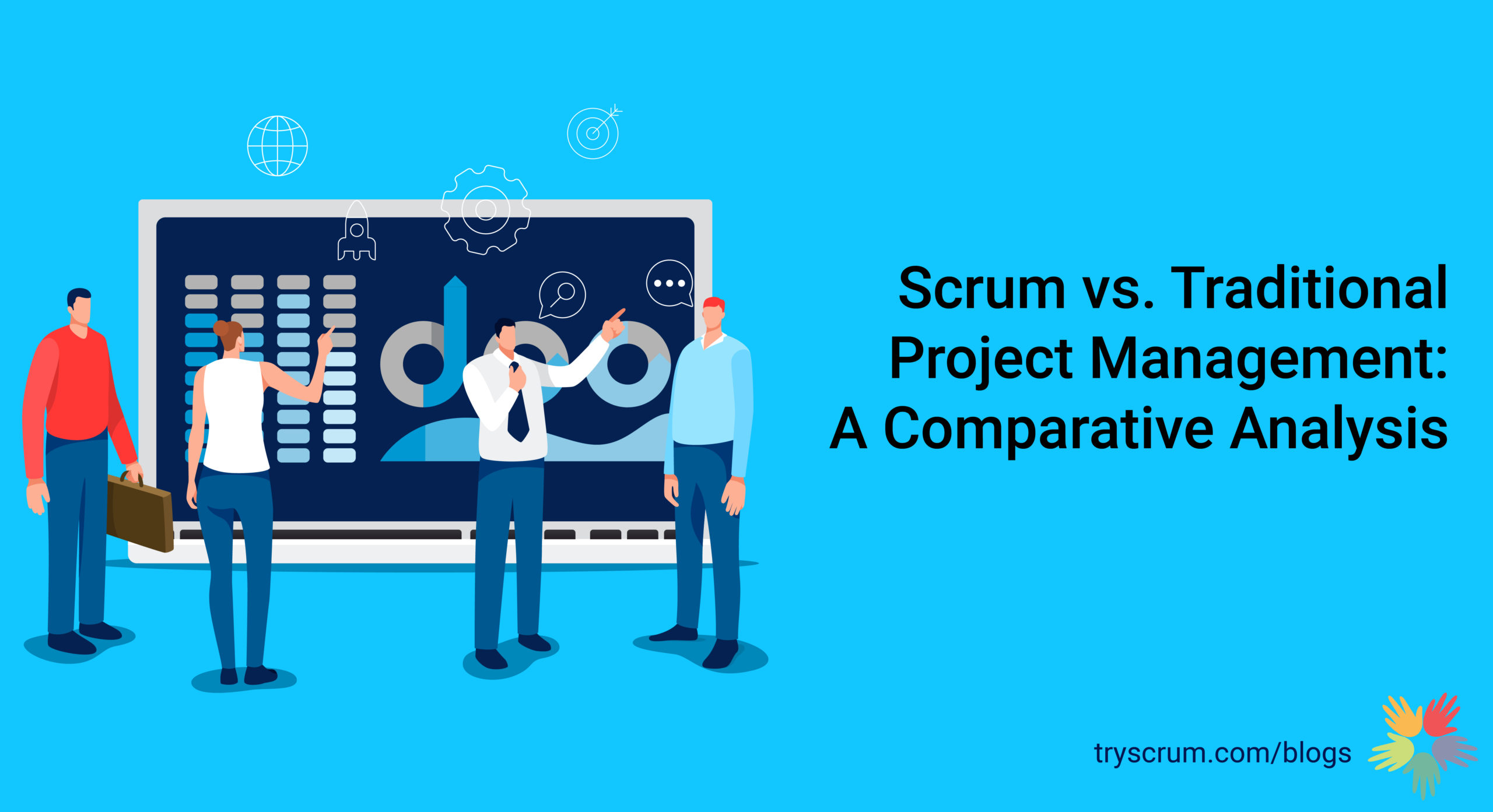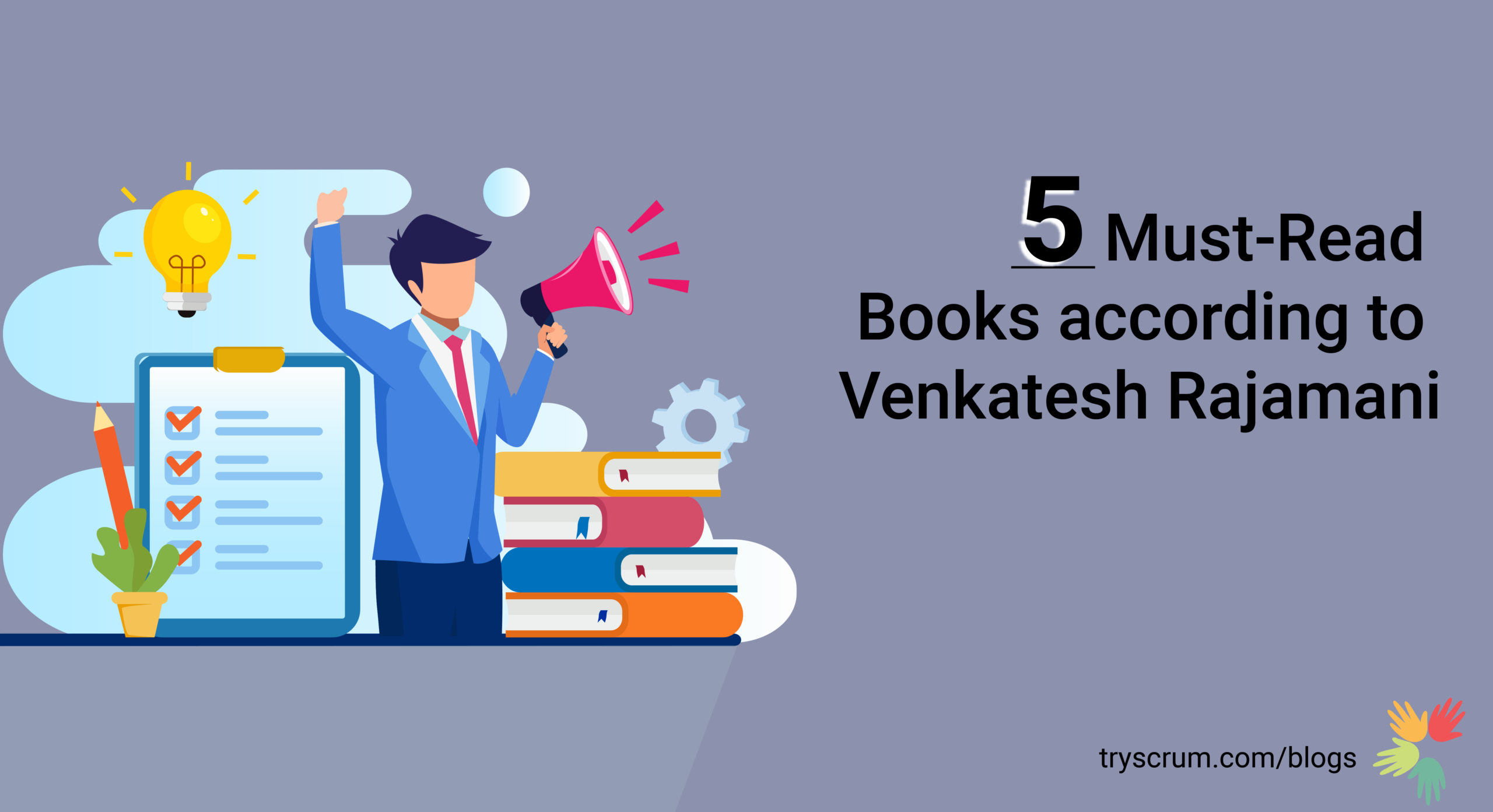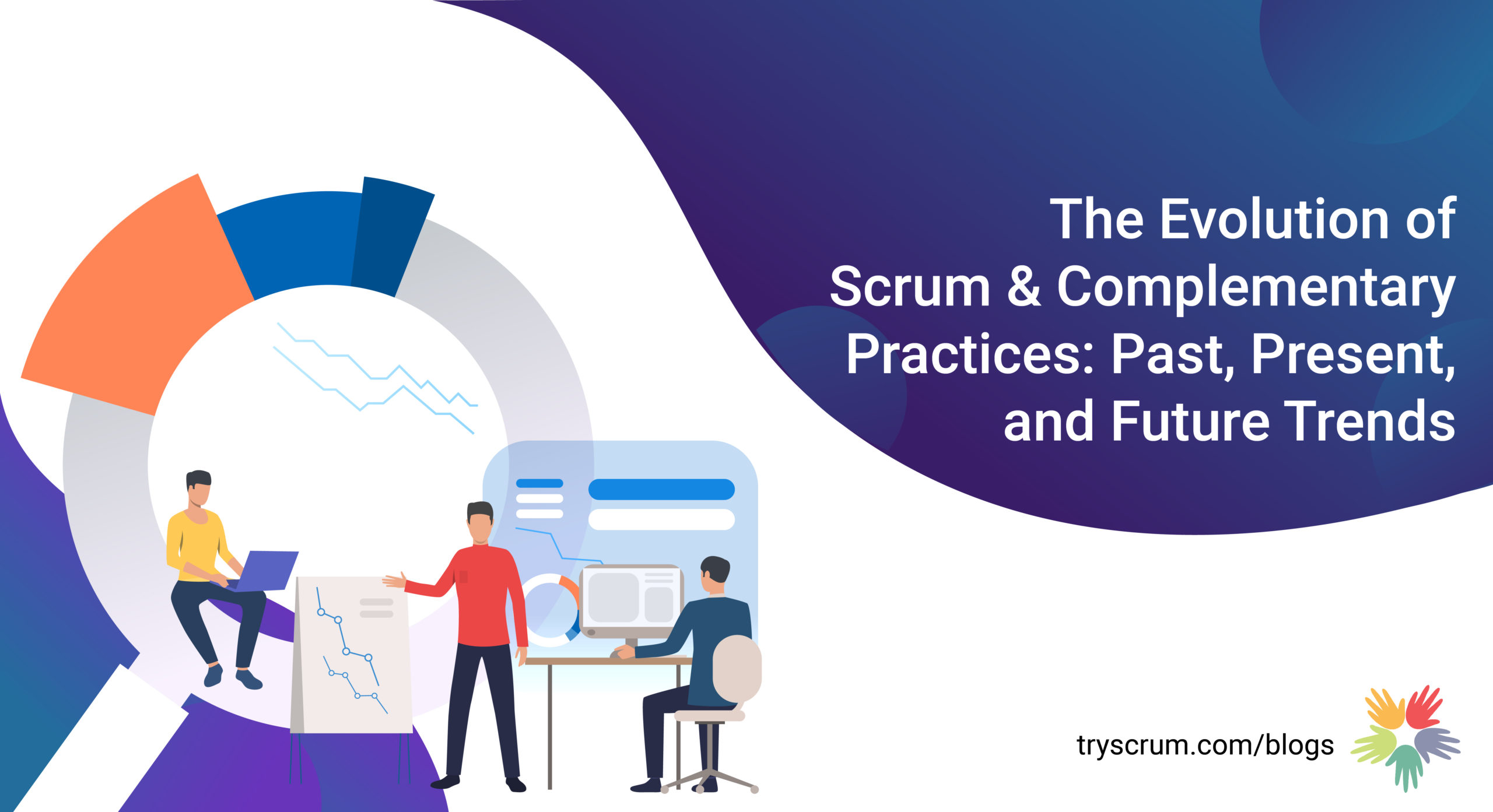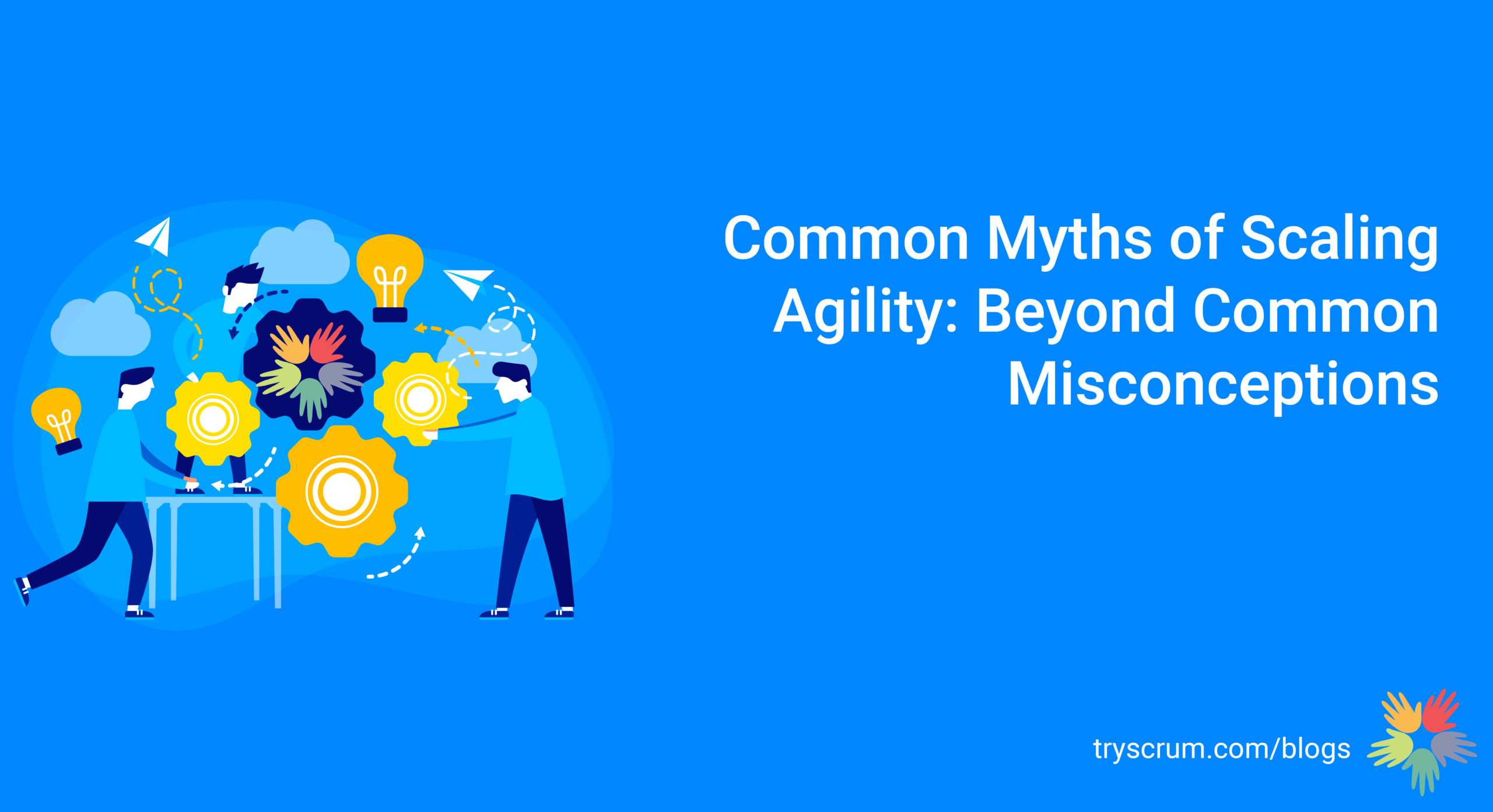
Who is a Product Owner, anyway?
Ask anyone the coveted question, and you can expect different responses. Some might say that a PO is a domain expert, while others might say that the function closely aligns with a Business Analyst. And, then some believe that it’s a project management role. There is no universal common ground to top it up, whether it’s a strategic or a tactical role. That’s because people have a varied understanding of the roles and responsibilities of a Product Owner. Alright, let me give you the expert definition. Well, it’s not going to be from me. So you can rest assured that it’s authentic.
Product Owner
The Product Owner is accountable for maximizing the value of the product resulting from the work of the Scrum Team — Scrum Guide, 2020.
While the definition might have come from the home of Scrum, it applies to all the methodologies and frameworks. The PO helps amplify the scrum team’s work by setting the priorities in order. They do so by communicating effectively and eliminating wasteful activities.
The Product Owner is an integral member of the product team (Call it the Scrum team). By being business representatives and user advocates, the PO help aligns all the stakeholders towards excellence. S/he is one person who owns the product in its truest sense and has the final say in product decisions. Here’s where the subtle art of saying No comes in handy for a Product Owner.
For the Product Owners to succeed, the entire organization must respect their decisions — Scrum Guide, 2020
Value Creation
So, how does a Product Owner create Value? It is through experimenting and learning from the results. Data plays an important role (Empiricism is a key tenet of Scrum). Periodic inspection of the market feedback and adaptation helps the Product Owners become better and create value better.
Management of Product Backlog
Product backlog management is another key accountability of a Product Owner. For it to be effective, there are a set of activities. Some of them are as follows:
- Product Goal development and communication
- Creation, communication, and Ordering of Product backlog items
- Transparency, visibility, and a high degree of understanding of the backlog for all involved
The Product Owner could choose to undertake or delegate the responsibilities, but the accountability lies invariably with them. Close collaboration with the stakeholders and the development teams ensures transparency and belongingness for all involved. This paves the way for a sense of ownership in all.
Product owners should have a clear product vision and articulate the product goals well for product owners to be successful. They should be able to collaborate, motivate and influence the team without any authority. When the teams share the vision and purpose, they can contribute better and reach desired outcomes. The key for this is the Product Owner keeping a fine balance of the time S/he dedicates to the customers and the internal teams. The better the availability and engagement of the Product Owner for the team, the better are the products built.
Collaborator, Visionary, Influencer, Experimenter, Decision maker, and Customer representative are some hats a Product Owner wears. But, at the end of the day, a Product Owner is not a superhero with great powers but is a keen learner and a practitioner.
